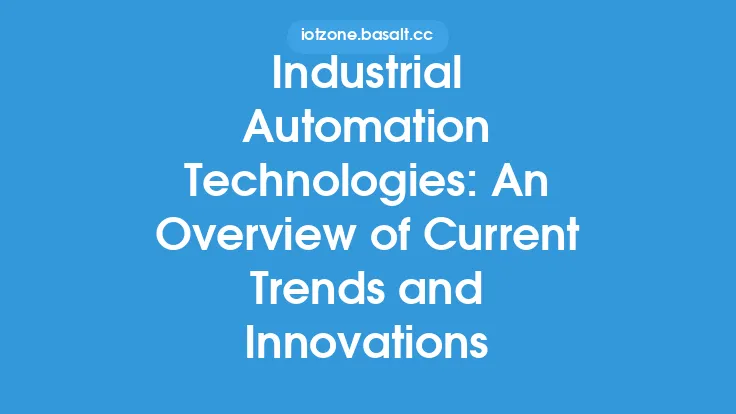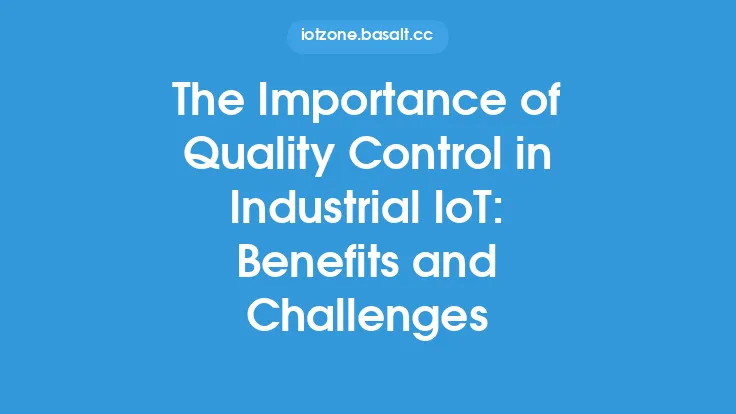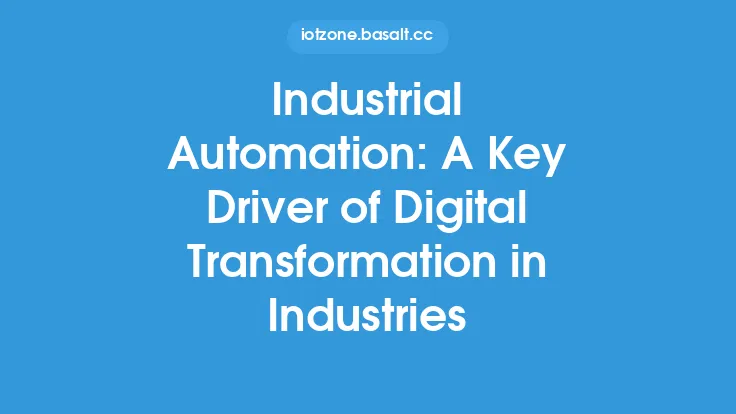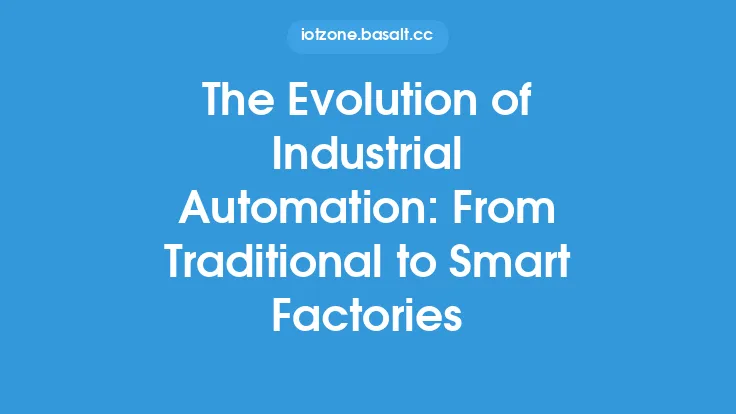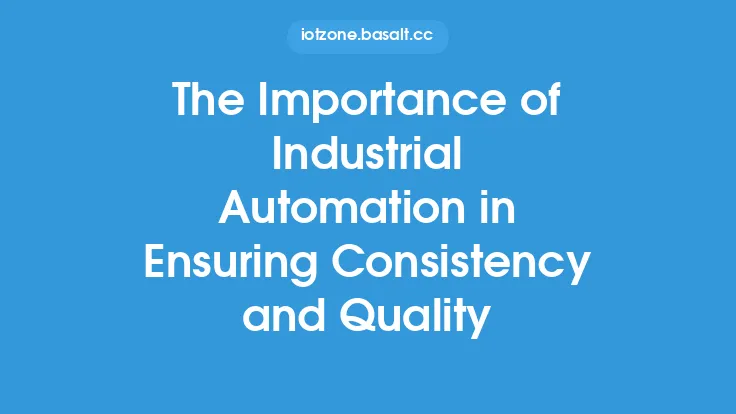The integration of industrial automation into manufacturing processes has revolutionized the way goods are produced, inspected, and delivered. At the heart of this revolution are two key benefits: increased accuracy and reduced labor costs. These advantages are not only crucial for enhancing operational efficiency but also for ensuring the competitiveness of businesses in a global market. Industrial automation, through the use of advanced technologies such as robotics, machine learning, and the Internet of Things (IoT), enables companies to achieve higher precision in their operations, minimize errors, and significantly lower their labor expenses.
Increased Accuracy through Automation
Increased accuracy is one of the most significant benefits of industrial automation. By automating tasks, companies can reduce the likelihood of human error, which is a common issue in manual processes. Human errors can lead to defective products, rework, and waste, all of which can be costly for a business. Automated systems, on the other hand, can perform tasks with a high degree of precision and consistency, 24 hours a day, 7 days a week, without fatigue or distraction. For instance, in assembly lines, automated machines can accurately place components, weld, and inspect products with precision that surpasses human capabilities. This not only improves the quality of the final product but also reduces the need for quality control checks and rework, further enhancing efficiency.
Reduced Labor Costs
The reduction of labor costs is another critical advantage of industrial automation. By automating repetitive, dangerous, or labor-intensive tasks, companies can significantly reduce their workforce requirements. This does not necessarily mean job losses but rather the redeployment of human resources to more strategic, creative, or high-value tasks that require human intelligence and judgment. Automated systems can operate around the clock without breaks, vacations, or the need for overtime pay, leading to substantial savings in labor costs. Moreover, automation reduces the costs associated with training workers, as automated systems come with pre-programmed instructions and do not require extensive training to perform tasks accurately.
Technological Foundations of Industrial Automation
The technological foundations of industrial automation include a range of innovative solutions such as robotics, computer vision, and IoT sensors. Robotics, for example, allows for the automation of complex tasks that require precision and flexibility, such as assembly, welding, and material handling. Computer vision technologies enable machines to inspect products and detect defects with a high degree of accuracy, further enhancing quality control. IoT sensors provide real-time data on production processes, allowing for immediate adjustments and optimizations to improve efficiency and reduce downtime. These technologies, when integrated into manufacturing systems, form the backbone of industrial automation, enabling businesses to achieve the benefits of increased accuracy and reduced labor costs.
Implementation and Integration Strategies
Implementing industrial automation requires careful planning and strategic integration. Companies must first identify areas of their operations where automation can bring the most value, whether it be in production, inspection, or logistics. They must then select the appropriate automation technologies and systems that align with their business goals and operational requirements. Integration with existing systems and infrastructure is also crucial to ensure seamless operation and to maximize the benefits of automation. Furthermore, companies should invest in training their workforce to work alongside automated systems, ensuring that employees can maintain, program, and optimize these systems for maximum efficiency.
Future Outlook and Challenges
As industrial automation continues to evolve, we can expect to see even more sophisticated technologies being integrated into manufacturing processes. Advances in artificial intelligence (AI), machine learning, and the IoT will enable more complex tasks to be automated, leading to further increases in accuracy and reductions in labor costs. However, the adoption of industrial automation also poses challenges, including the need for significant upfront investment, the potential for job displacement, and the requirement for ongoing maintenance and updates to ensure the systems remain operational and efficient. Despite these challenges, the benefits of industrial automation make it an indispensable tool for businesses seeking to enhance their competitiveness and thrive in a rapidly changing industrial landscape.
Conclusion
In conclusion, the benefits of industrial automation, particularly in terms of increased accuracy and reduced labor costs, are transformative for businesses. By leveraging advanced technologies and strategic integration, companies can achieve higher levels of efficiency, quality, and competitiveness. As the industrial sector continues to evolve, embracing industrial automation will be crucial for businesses aiming to stay ahead of the curve. With its potential to revolutionize manufacturing processes, industrial automation is not just a tool for enhancing operational efficiency but a strategic imperative for businesses seeking to succeed in the modern industrial era.
